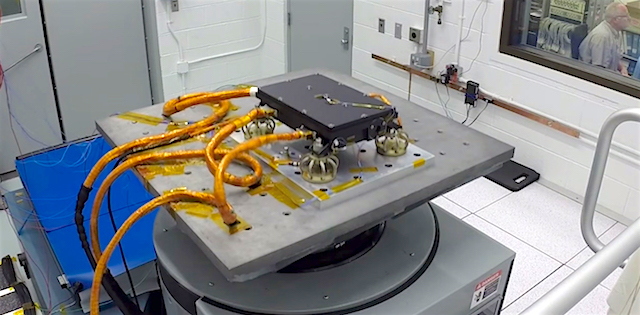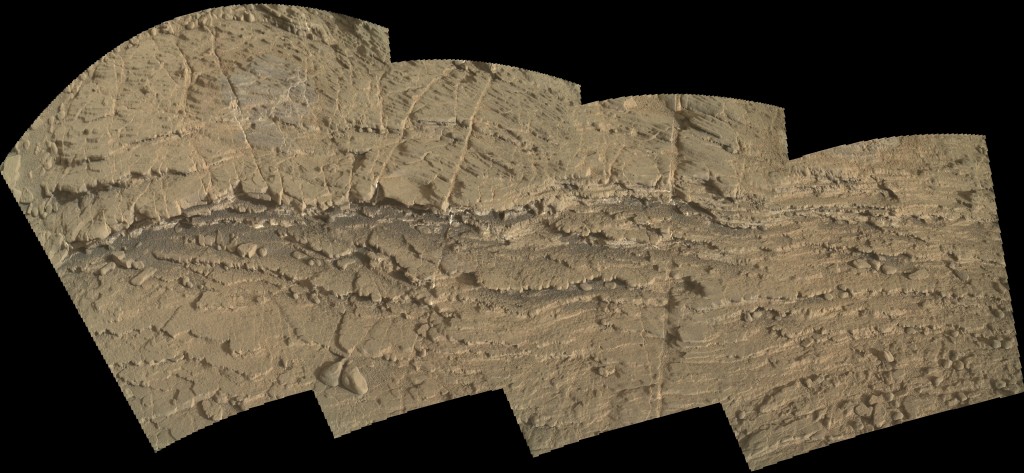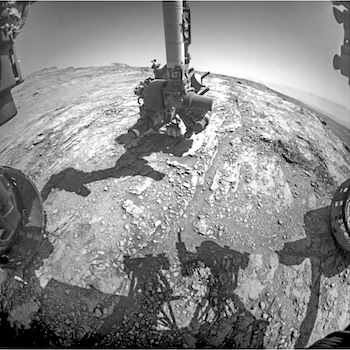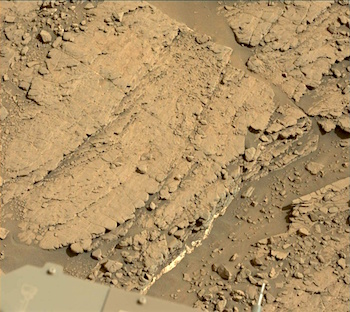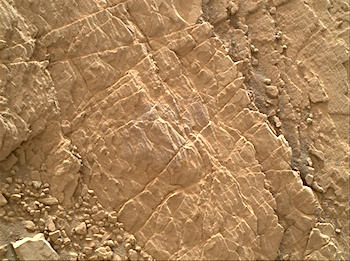 Sols 2485-87, August 2, 2019, update by MSL scientist Lucy Thompson: Late during planning yesterday, we got the go ahead to proceed with full drilling at “Glen Etive 1.” We received the results of the APXS and ChemCam compositional analysis of the prospective drill target, as well as the MAHLI imaging of the area both before and after a preload test (see the accompanying image). The preload test is exactly what it sounds like; exerting a load onto the surface bedrock to check that it can withstand the force of drilling. The engineers and science team assessed the results of these analyses and concluded that it is safe to drill the Glen Etive target. Therefore, the weekend plan is dominated by the drill activity, which will take place on the second sol of the plan.
Sols 2485-87, August 2, 2019, update by MSL scientist Lucy Thompson: Late during planning yesterday, we got the go ahead to proceed with full drilling at “Glen Etive 1.” We received the results of the APXS and ChemCam compositional analysis of the prospective drill target, as well as the MAHLI imaging of the area both before and after a preload test (see the accompanying image). The preload test is exactly what it sounds like; exerting a load onto the surface bedrock to check that it can withstand the force of drilling. The engineers and science team assessed the results of these analyses and concluded that it is safe to drill the Glen Etive target. Therefore, the weekend plan is dominated by the drill activity, which will take place on the second sol of the plan.
We managed to fit in some environmental science and a Mastcam 360°mosaic of our surrounding terrain on the first sol of the plan to provide context for our drill site, prior to the rover going to sleep in order to recharge itself for the power intensive drilling. The environmental observations include a ChemCam passive sky observation, a rear Hazcam dust devil movie, a Mastcam crater rim extinction and basic tau pointed towards the sun… [More at link]









